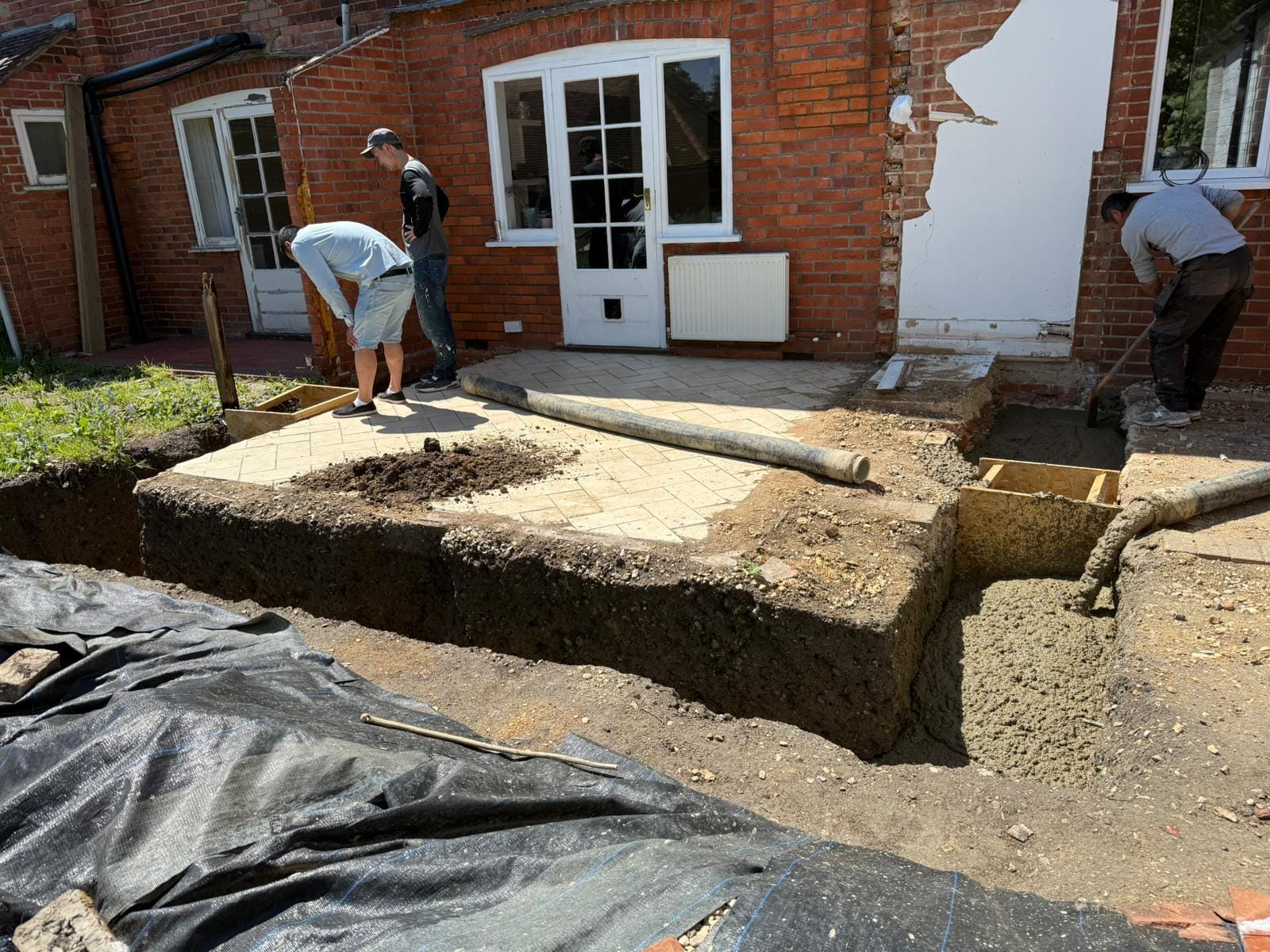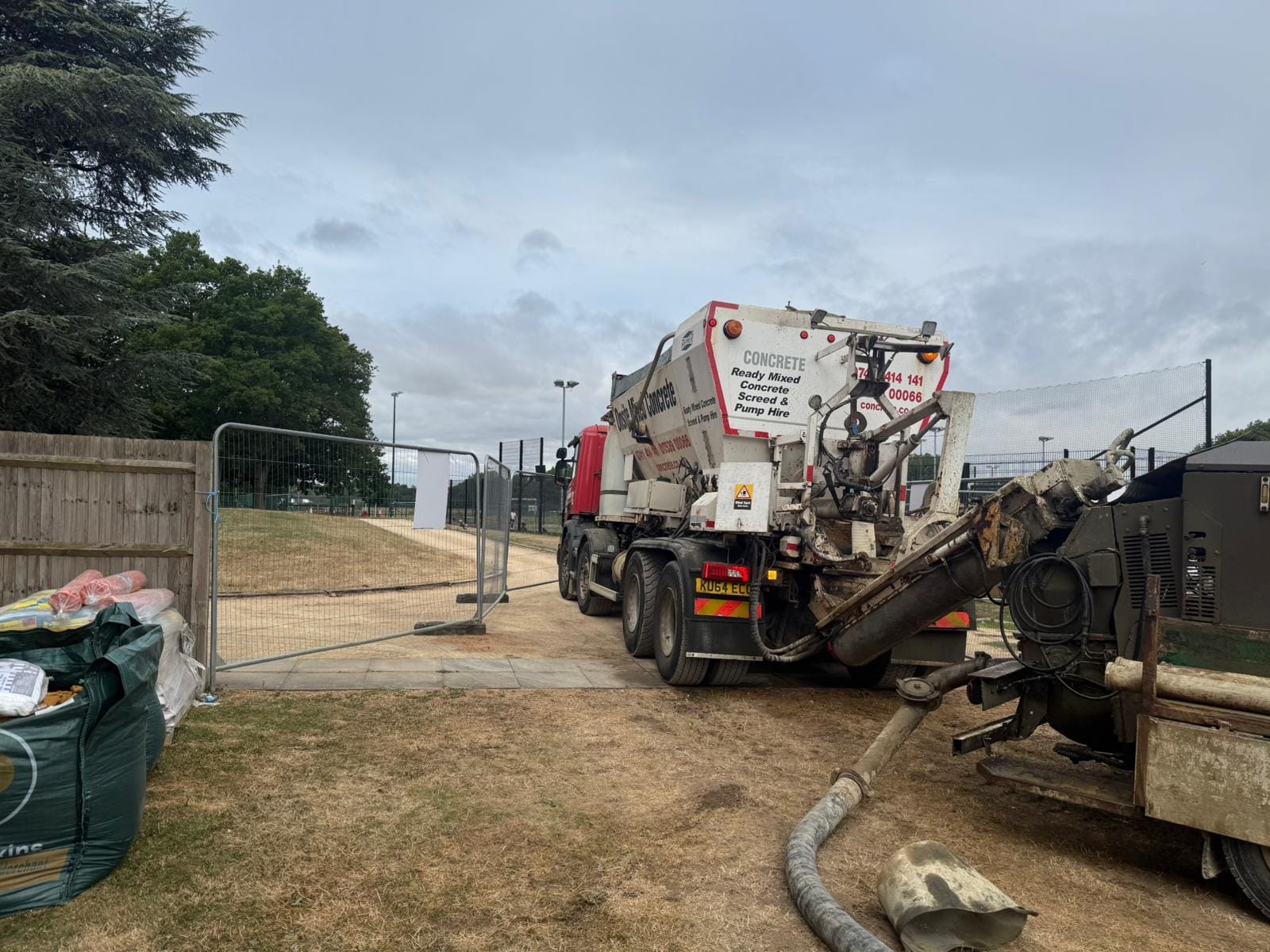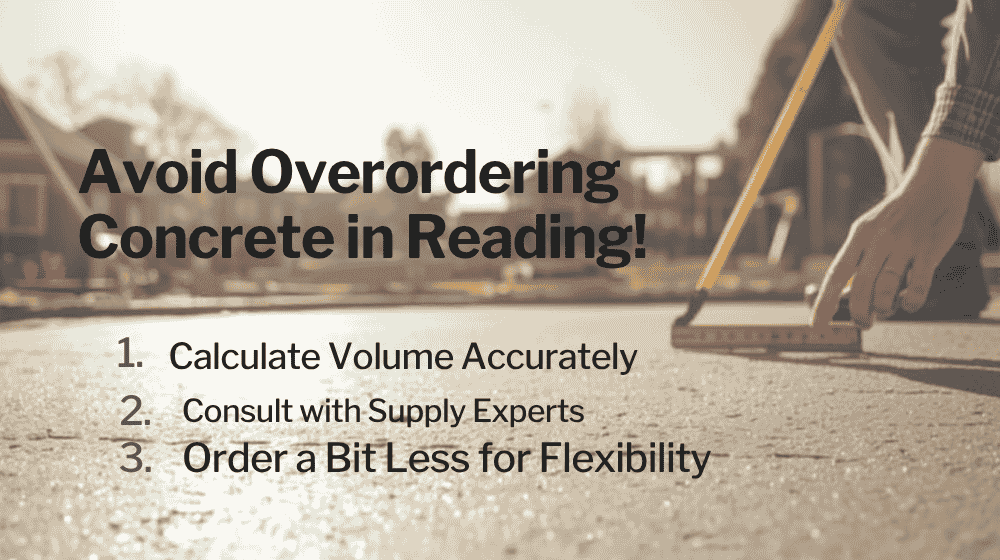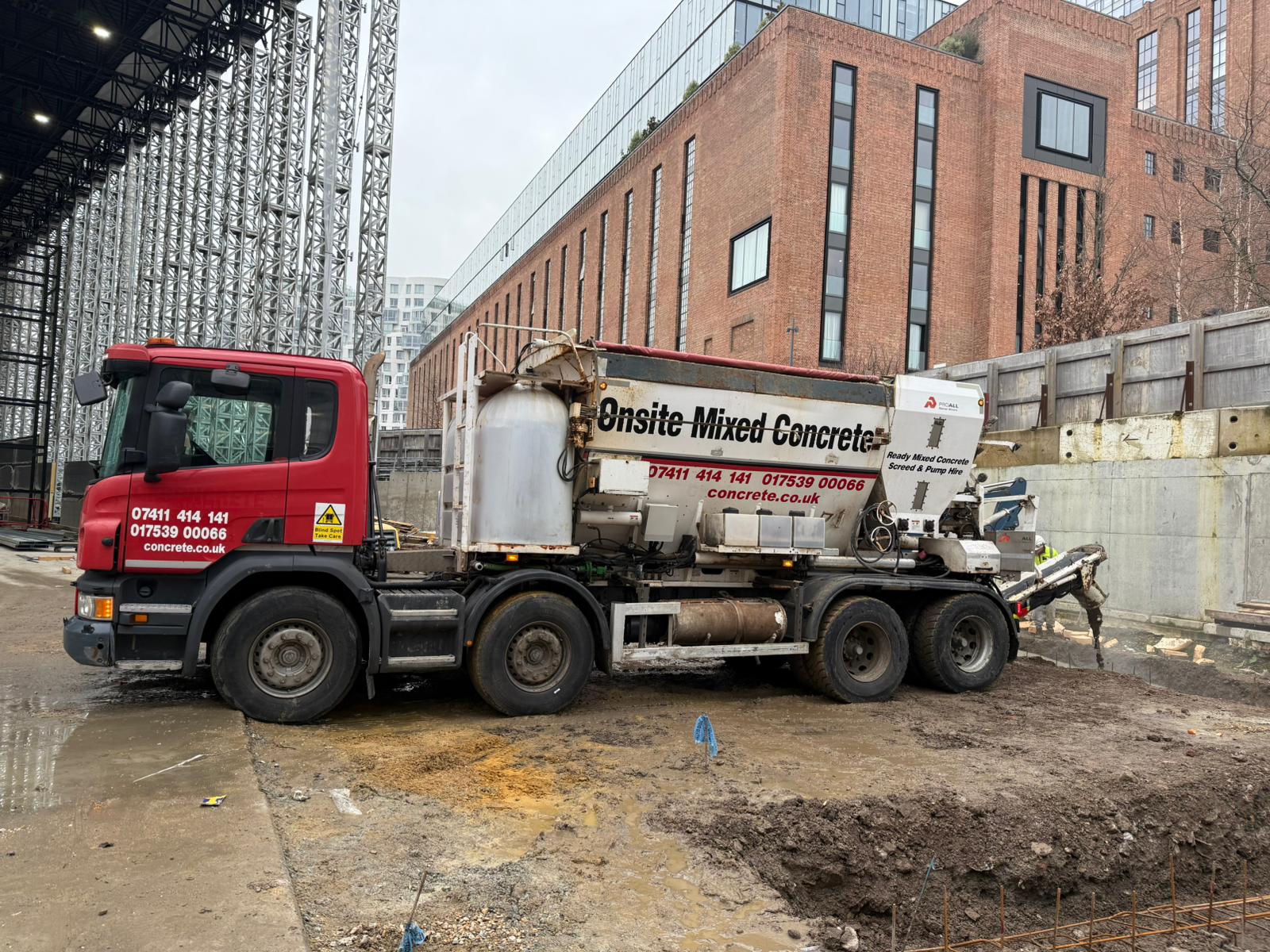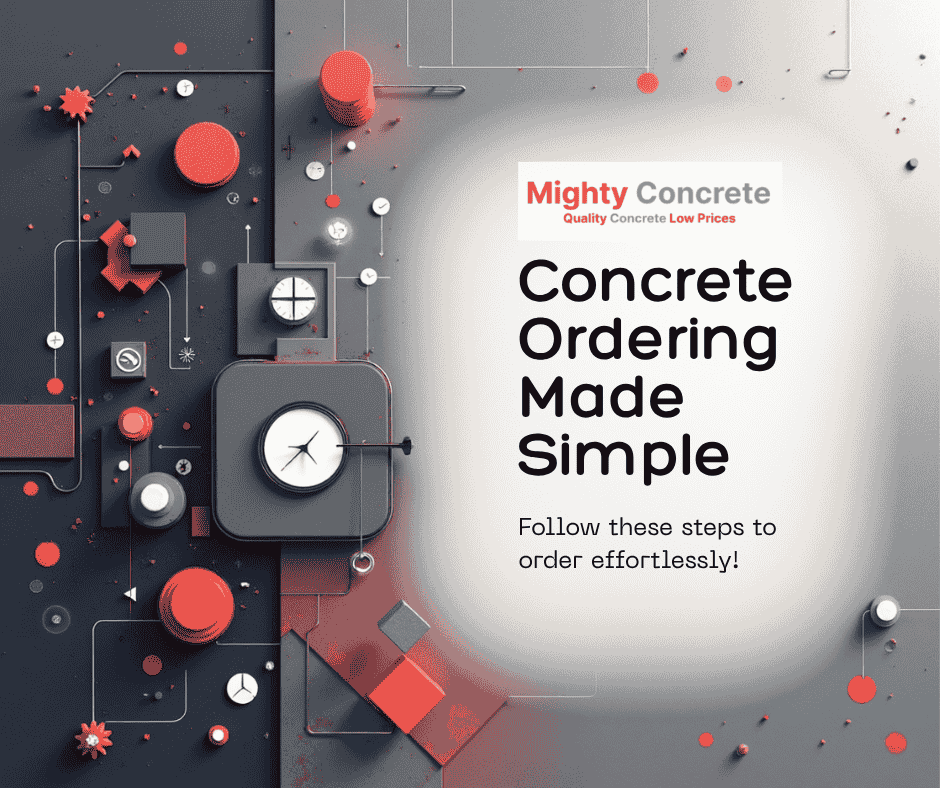Accurately calculating the amount of concrete required for a project is essential to avoid wastage and unnecessary costs. Whether you’re working on a domestic project, e.g. a driveway, a commercial structure, or using a concrete pump for larger-scale jobs, understanding the right quantity of concrete ensures efficiency and cost-effectiveness. In this guide, we will discuss how to estimate the right volume of concrete for different types of projects.
1. Domestic Concrete Calculation
Domestic projects, such as patios, driveways, and footpaths, require precise concrete estimation to ensure smooth execution. The standard formula to calculate concrete volume is:
Volume = Length × Width × Depth
Example:
Suppose you are constructing a driveway measuring 6 metres (m) in length, 3 metres in width, and 0.15 metres in depth.
Volume = 6m × 3m × 0.15m = 2.7 cubic metres (m3)
Since concrete is usually sold in cubic metres (m³), you would need approximately 2.7m³ of concrete. However, it is advisable to add an extra 5–10% to account for spillage and variations in depth, bringing the total requirement to about 3m³.
Considerations for Domestic Projects:
- Ensure proper site preparation before pouring concrete.
- Account for reinforcement materials like rebar or mesh if necessary.
- Order slightly more than required to prevent running short.
2. Commercial Concrete CalculationLarger-scalee commercial projects, such as foundations, parking lots, and industrial floors, require more precise concrete estimation. The same volume formula applies, but additional factors must be considered, such as reinforcement needs, mix design, and structural load-bearing capacity.
Example:
For a warehouse foundation with dimensions 20m × 10m × 0.2m:
Volume = 20m × 10m × 0.2m = 40 cubic metres (m3)
Given the scale of commercial projects, accuracy is critical. Factors to consider include:
- Compressive strength: Higher-strength concrete may be required.
- Reinforcement needs: Additional concrete may be necessary to accommodate structural elements.
- Workability: The mix should suit the project’s conditions (e.g., weather, setting time).
Commercial concrete orders typically require bulk deliveries, making it essential to coordinate with suppliers for a continuous pour to avoid cold joints.
3. Using a Concrete Pump for Large Projects
For large or hard-to-reach areas, a concrete pump is an efficient solution. Whether it’s a boom pump for high-rise buildings or a line pump for narrow spaces, using a pump requires careful concrete estimation to prevent shortages or excess.
Example:
For a high-rise project requiring 100m³ of concrete, using a boom pump ensures a steady pour. However, pumped concrete may require additional volume due to line losses. Typically, an extra 0.5–1m³ should be factored in for every 100m of hose length.
Considerations for Pumped Concrete:
- Factor in the pumping process losses (spillage, residual volume in pipes).
- Ensure the mix design is pumpable (not too dry or too wet).
- Coordinate closely with suppliers to prevent delays and ensure smooth operations.
Final Tips for Accurate Concrete Estimation
- Use a Concrete Calculator: Our team has developed an accurate concrete calculator that allows you to put in the measurements and gives an exact estimate of the concrete needed for the project.
- Account for Wastage: Our experts always advise adding an extra 5–10% to the total volume, accounting for any wastage or spillage.
- Consult with Suppliers: Mighty has a team of professional concrete advisors who can guide you about the best mix and quantity.
- Prepare the Site: Before the final concrete pour, make sure that you prepare the site. Make sure the area is free from any debris and waste materials. Ensure proper formwork and reinforcements are in place before ordering concrete.
It is vital to choose a concrete provider that allows you to calculate concrete on the website for ease and reduced wastage. Mighty Concrete has an integrated, easy-to-use concrete calculator that provides you with the amount of concrete needed. Just input your dimensions in either unit (metre, millimetre, centimetre, inch, square or yard) and you will get the results within seconds.
By following these guidelines, you can efficiently calculate the right amount of concrete for your project, minimising costs and maximising efficiency. Whether it’s a small domestic job, a commercial build, or a large-scale pump operation, proper estimation is key to a successful concrete pour. If you are unsure about using the concrete calculator, then just contact us to discuss your needs!

